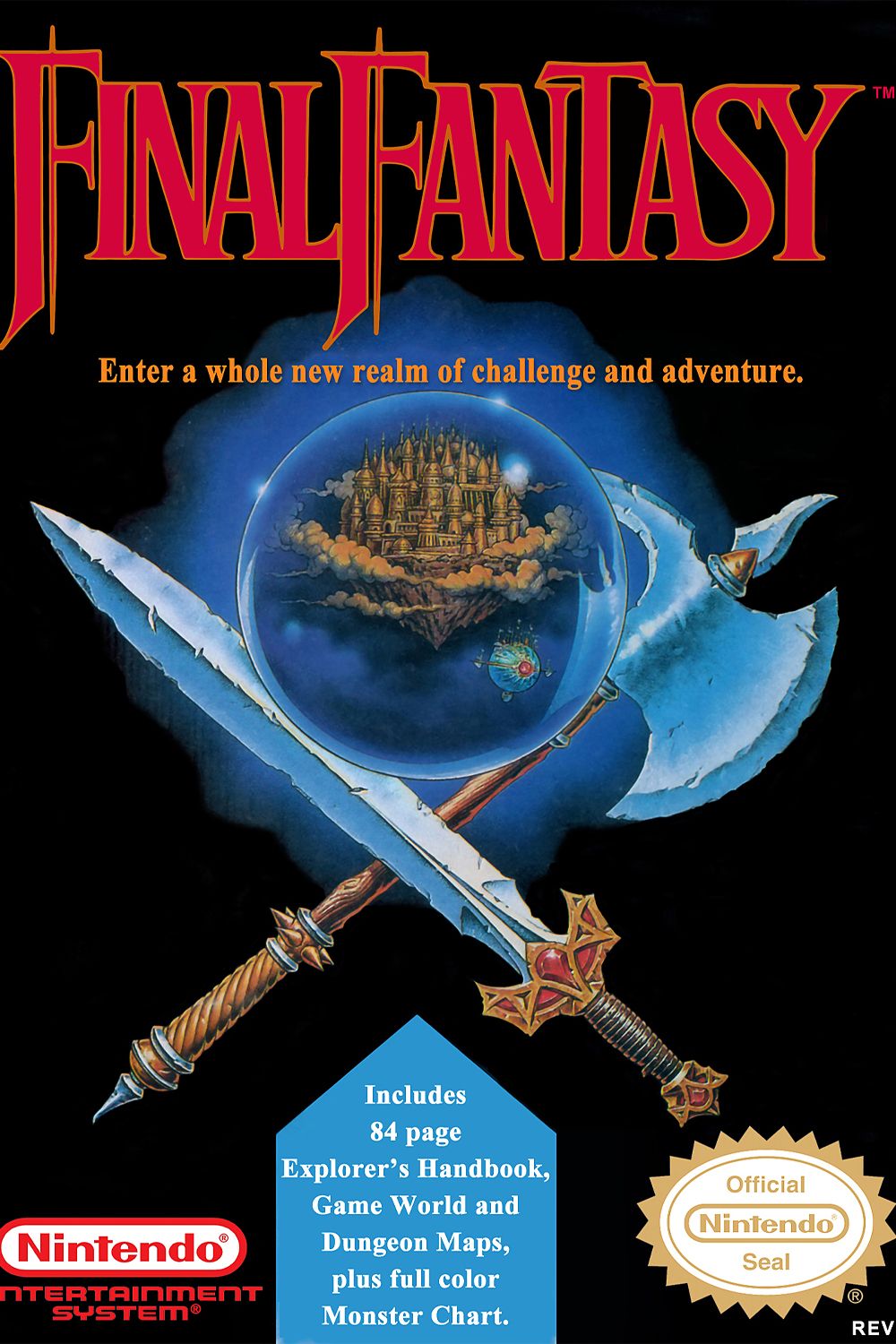Highlights
- Final Fantasy Renaissance is a faithful 1:1 remake of the original NES localization of Final Fantasy, meticulously translated to accurately represent the original release.
- Renaissance Mode introduces 10 new job classes for players to choose from, adding depth and variety to the gameplay experience.
- The game includes quality-of-life improvements, such as indicating equippable items, bulk item purchases, and auto-targeting enemies, making it the definitive version of the original game.
Even though the 35th anniversary of the original Final Fantasy came and went with plenty of fanfare in 2022, next year will mark the 35th anniversary of the game’s localization to the West and release on the NES. The original Final Fantasy is one of the most important games in the history of both the NES and the RPG genre, helping to establish the characteristics of Japanese-developed role-playing games alongside Enix’s Dragon Quest. Not content to let Final Fantasy 7 take the spotlight as the sole recipient of the remake treatment, solo developer Renaissance Games has taken it upon itself to completely remake the NES version of Final Fantasy in Unity as Final Fantasy Renaissance.
When the original Final Fantasy was localized for Western release on the NES, several compromises were necessary to allow the Famicom Disk System game to fit on a standard cartridge. The most significant of these are the text limits that resulted in changes to several spell names, some bugs that caused certain spells to not work as intended, and the existence of invisible NPCs or characters that will clip through walls. Not only does Final Fantasy Renaissance address all these bugs and inconsistencies, it adds a new version of the original main quest complete with the addition of 10 new job classes.
Final Fantasy 7 Rebirth Map: How Big Would Be Too Big?
Final Fantasy 7 Rebirth’s move to an open world could give players a lot to do, but FF15 showed that going too big can be a problem.
Why Even Longtime Fans Will Want to Check out Final Fantasy Renaissance
Even if someone has played the original Final Fantasy more than a dozen times and attempted nearly every possible party combination based on its original six job classes, there’s plenty to find within Final Fantasy Renaissance that makes it absolutely worthwhile to play. First and foremost, the game is a complete 1:1 faithful remake of the NES localization of Final Fantasy built from the ground up in Unity. Developer Renaissance Games has painstakingly gone through every single line of code to accurately translate the game as close to the original release as possible, albeit with making changes to limitations placed on the title by the NES’ hardware.
Classic Mode is the original game presented with all bugs fixed and a more accurate translation, but is otherwise the same game that most fans remember from 1990. However, Renaissance Mode is where things really get interesting. Not content to simply remake the NES version of Final Fantasy in Unity and call it a day, Renaissance Games has introduced 10 new job classes for players to choose from when forming their party of 4 Warriors of Light at the game’s beginning. The new job classes available in Renaissance Mode are:
- Time Mage
- Green Mage
- Blue Mage
- Dancer
- Trainer
- Geomancer
- Evoker
- Lancer
- Bard
- Dark Knight
Renaissance Mode is where Final Fantasy Renaissance truly shines as a one-of-a-kind experience that remains faithful to the source material while also introducing what feels like a brand-new game. Playing it and using the new job classes is akin to discovering a hidden gem from the NES’ heyday, albeit one that is also strikingly familiar. In addition to the new job classes, each class has distinct abilities that have been folded into the meta of the original Final Fantasy in surprising ways and are each balanced to near-perfection.
In both Classic and Renaissance Modes, players will also find plenty of quality-of-life improvements that make Final Fantasy Renaissance arguably the definitive way to experience the original game in the series. Shops now indicate which items are equippable by which party members (and the negative or positive stat changes that result), items can be purchased in bulk, and characters now auto-target the next enemy on the field after one perishes.
All these changes combine with the additions of Renaissance Mode to make Final Fantasy Renaissance an unexpected new edition of one of the medium’s most important games. Even with the Pixel Remasters edition of Final Fantasy‘s existence, Final Fantasy Renaissance is perhaps the best way to experience the authentic version of the first game in the series.

Final Fantasy (1987)
- Released
- December 18, 1987
- Developer(s)
- Square
- Publisher(s)
- Square
- Genre(s)
- JRPG , Adventure
- How Long To Beat
- 16 hours